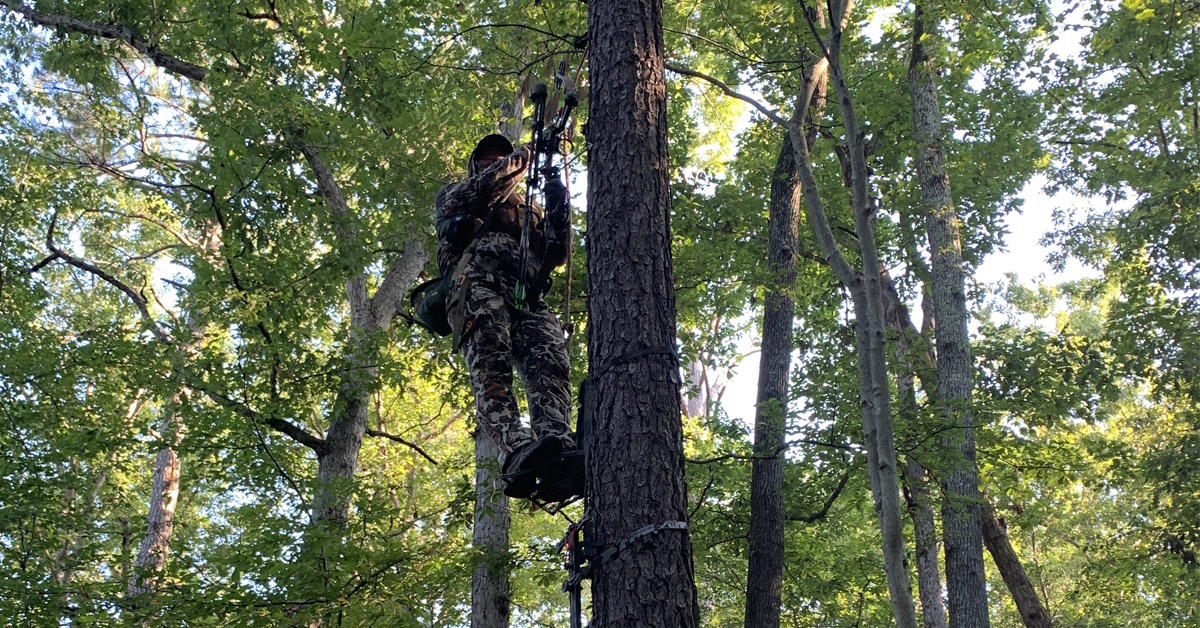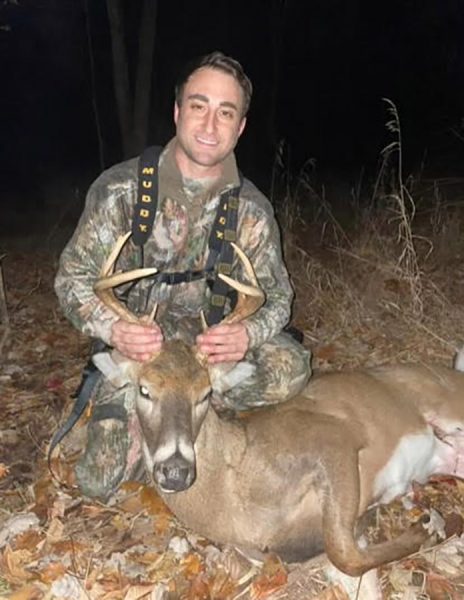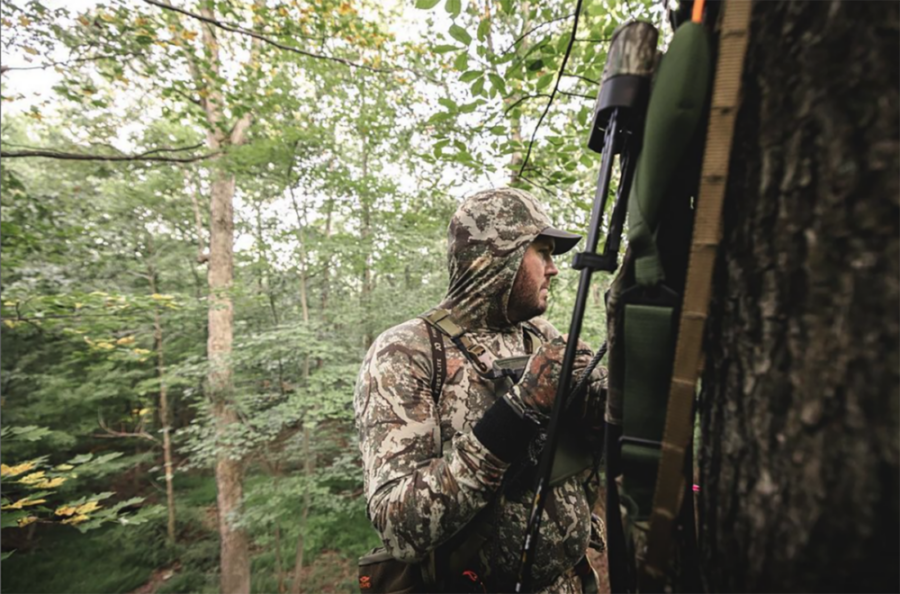
By James Moffitt
Roaring lawnmowers, morning joggers, barking dogs—to most this seems like the exact opposite of where to hunt whitetail deer in Virginia, but for urban archery hunters, it’s just another day in the stand. This growing population of hunters is learning that the extended season—and deer that tend to be less timid—combine to offer up arguably some of the best whitetail hunting in Virginia.
Deer are incredibly adaptable animals and have learned to thrive in even the smallest pockets of woods. Northern Virginia in particular is ripe with hunting opportunities as overpopulation is a real concern and whitetail deer can be seen regularly cruising through many subdivisions. However, urban hunting comes with its own set of difficulties and considerations.
Use these tips to help guide your exploration of urban archery in Virginia. And see the DWR website for season information, location restrictions, and background information about urban archery.
Ethics
It should be your mission as a hunter to make ethical choices and clean harvests every time you go into the field. The choices you make are under even more scrutiny in the urban environment. Close proximity to neighbors, pedestrians, and curious passersby can change the dynamics of your hunting situation quickly and by making good choices and being self-aware from the start you can mitigate bad situations.
Here are a few things to really pay attention to when urban hunting:
- Shot Choice – This is always important, no matter what or where you’re hunting. But, in the urban environment, it’s doubly so. Because of the tight quarters, the difference between a deer piling up at 20 yards vs. 50 yards can be the difference between a quiet exit or having to knock on a neighbor’s door and get permission to retrieve your harvest.“If you are not 100 percent confident in the shot you are taking, don’t take it. You have to pay attention to the deer’s behavior, be proficient with your equipment, and be deadly accurate,” says Taylor Chamberlain, an avid urban archery hunter who shares information and tips on YouTube.
- Stewardship – When you’re hunting in an urban environment, you’re acting as a representative for all hunters. While you may be used to dragging your harvest to your truck on the farm you hunt, it may not be the best idea when it’s parked in the driveway of a home in a pleasant neighborhood. Many people have not been exposed to hunting firsthand and the sight of a field-stripped deer could leave a negative impression and impact that person’s perception of ethical hunting and sustainable food systems forever.“I always carry a body bag for my harvest and wet wipes to clean the blood off myself and my truck,” says Stephan Al-Khateeb a former staffer of Untamed Outdoors and an urban hunter based in Fairfax.

Stephan Al-Khateeb with a buck he harvested in a suburban setting.
Safety
Safety is paramount in urban hunting. Pedestrians, kids playing, passing vehicles, and the proximity of houses all have to be considered. Most urban hunters will only hunt from an elevated position using a tree stand or tree saddle. This helps to ensure that any shot taken will have the ground as a backdrop. “You have to pay close attention to everything. I always take binoculars to make sure I can clearly identify any targets before taking a shot and I keep my head on a swivel for pedestrians and other people in the area,” says Al-Khateeb.
When considering a shot, Taylor Chamberlain recommends cutting your effective distance in half, if not more. “I can shoot nice groups all day at 60 yards on a range with my bow, but I won’t put carbon in the air over 20 because I want to make sure my shot is safe and absolutely lethal,” he says.

Taylor Chamberlain spends the majority of his time in the woods in an urban or suburban setting.
Communication
Staying in contact with property owners and being ready to address concerned neighbors are other crucial considerations in urban hunting.
“I treat the property owners I work with as clients,” says Chamberlain. “There’s no monetary transaction, but I’m providing a service to them. I want them to have the highest quality and level of service that I can provide. We have a major problem of overabundance of whitetail deer here and it’s on sportsmen to thin them out and use resources like Hunters for the Hungry and do what’s right for our community and our environment to feed people in need, as well as feed ourselves. It’s important to communicate with them, be honest, treat their land as if it’s your own, and be as ethical and safety-focused as possible.”
Being able to explain the benefits of urban hunting to homeowners is another communication skill worth practicing—it’ll help with getting new permissions and can come in handy if you do run across someone who may be upset by what you’re doing. Chamberlain recently teamed up with Bowhunters United to create a video explaining exactly how he gets permission to hunt a new property. It’s a great starting point for getting permissions of your own.
Have Fun
Urban hunting can be an insane adventure. While there are a lot of serious things to consider when hunting in urban environments, it’s just as important to take the time to soak in the moment and enjoy it.
There’s a ton to consider when it comes to urban hunting, and hopefully, this primer will send you off in the right direction. Take some time to do your own research, then head out to find the great hunting waiting in your own backyard.
James Moffitt is the founder of TrailHead Creative, a branding, and content agency based in Richmond. He’s an avid outdoorsman, hunter, and angler and takes any opportunity he can to spend time outdoors with his wife and Labrador retriever, Huxley.


